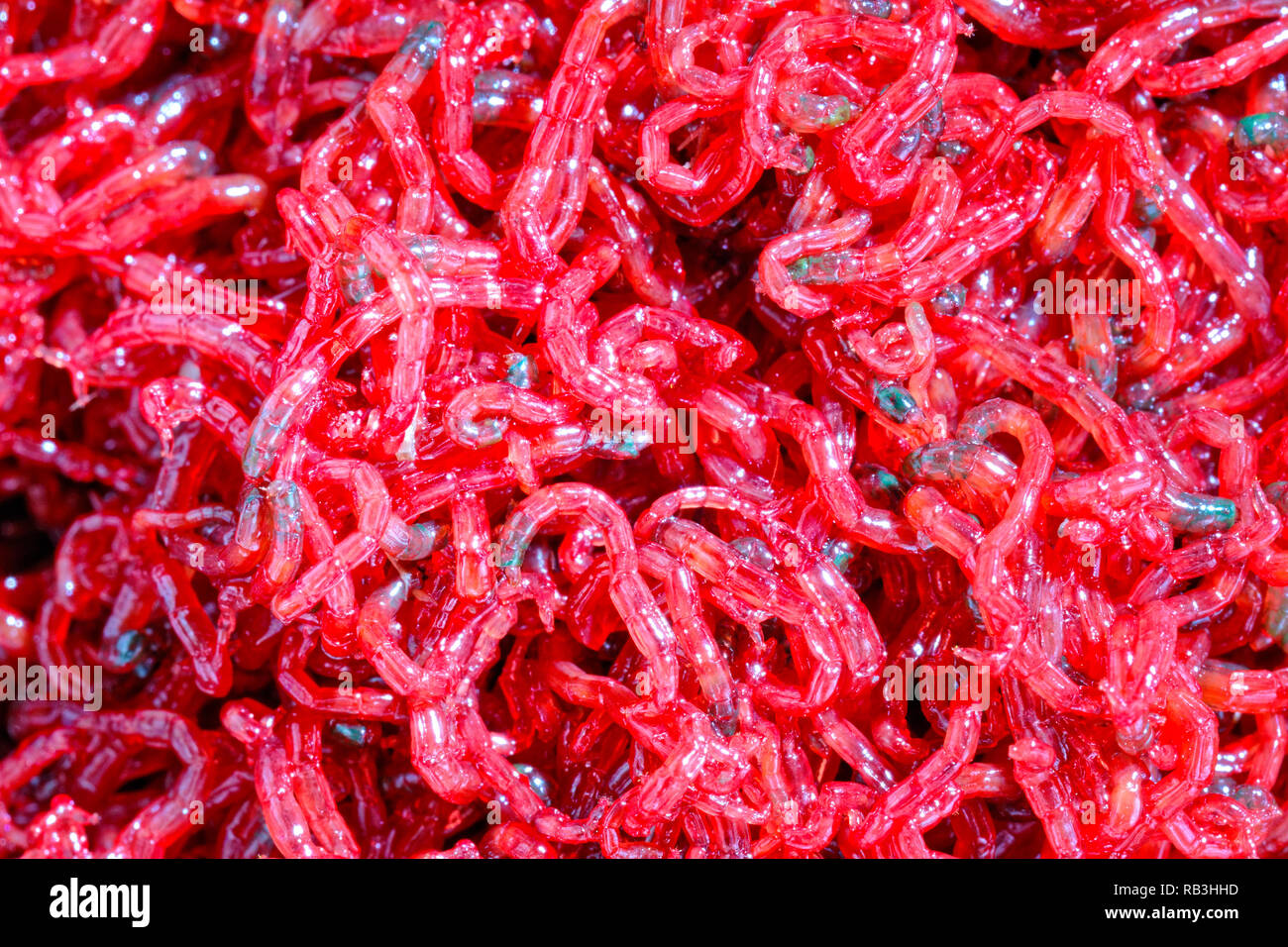

Simon says that the use of genetic data helped her research team understand bloodworm population structure without the need to dig up vast amounts of sediment to count worms, and could indicate whether there was gene flow among populations.Īn indicator of gene flow among populations of bloodworms is important to determine the risk of extinction, such as when isolated populations have little recruitment of larvae from other populations, Simon explains. This means that the restrictions on bait collecting are based on very outdated information.īloodworm can be found in the intertidal area of coastal marine and estuarine environments where they burrow into silt and sand.

In addition, population sizes of bloodworms have not been documented since the 1970s and 1980s. Scientists have been saying for decades that the species is vulnerable to local extinction if overexploited, but the legal number of worms allowable for collection has not changed since the 1970s.

“Bloodworm is probably the most popular polychaete worm harvested to be used as bait in South Africa” she told the FBIP, holding up what looks like a very flaccid and featureless snake.ĭespite its popularity among local fishermen, not much is known about the bloodworm’s population structure and whether populations can cope with current levels of extraction. Simon is an Associate Professor at the University of Stellenbosch who seeks to generate knowledge on South Africa’s marine bait polychaetes for better decision making. Chance of population extinctions remain, management to be maintainedĬape Town – The legal number of bloodworm that can be collected per day has not changed since the 1970s, according to Prof Carol Simon.



 0 kommentar(er)
0 kommentar(er)
